A new crowdfunded theatre production featuring young, gritty hip-hop artistes from this buzzing and tough neighbourhood will put the spotlight on their artistic struggles in the face of adversity

The troupe with Neha Singh (centre) at the rehearsal spot last weekend. Pics/Anurag Ahire
Do you remember how the steps on an escalator moved in an infinite loop the last time you were at an airport? Or how long did it take you to fasten your seatbelt? Or what shapes the clouds seemed to form when you looked out of the little window? The children of The Dharavi Dream Project (TDDP) do, and vividly enough to retell these experiences to the world that takes these joys for granted. Dharavi Dreams: Art Saved the Kids, the Project’s upcoming play, will aim to bring such slice-of-life anecdotes and lived experiences from 14 young artistes’ lives to the big stage in October.
ADVERTISEMENT
For the past four months, writer-director and theatre educator Neha Singh has been making trips to Dharavi to train and rehearse the hip-hop-musical play with the children, most of them between the ages of seven and 17. Take a look at the beaming faces from last weekend’s rehearsals, and you’ll never guess that they’ve returned after a week-long curfew following a violent crime in the area, or that the rehearsals have moved outdoors because of an unannounced power outage. “These kids are different. I have never seen a bunch of kids so determined and committed to a project,” shares Singh.
For Singh and Dolly Rateshwar, co-founder of TDDP, the production has been long overdue. “We conceptualised the play four years ago to take our artistes beyond the confines of hip-hop and into the world of theatre. Unfortunately, the COVID-19 lockdown rained on our parade,” Singh reveals. Restarting from square one in April this year, the director has spent most of her time listening to stories and offering acting, diction, and stage presence workshops. “Their stories are diverse; from navigating domestic troubles and danger on the streets, to happier memories such as performing on stage and giving interviews. But to tell these stories on stage, for the first time, requires workshops that help build confidence,” she points out.
We’d say the job looks well done. When we talk to 13-year-old artiste Bhimrao Jogu, his confidence is spilling over, and contagious. “I have been learning breaking [or breakdancing] and my role in the play allows me to showcase my art form on stage. I have never been a part of a play before but I can’t wait to see how it pans out.” he shares excitedly. Bhimrao’s father, Sailu Jogu, voices his approval, “I struggled to wrap my head around hip-hop at first, but Bhimrao seemed to enjoy it. I’m glad it’s coming to fruition.” Does he understand it finally, we wonder. “I still don’t” he laughs, “But as long as it keeps him occupied and happy, I don’t really mind.”
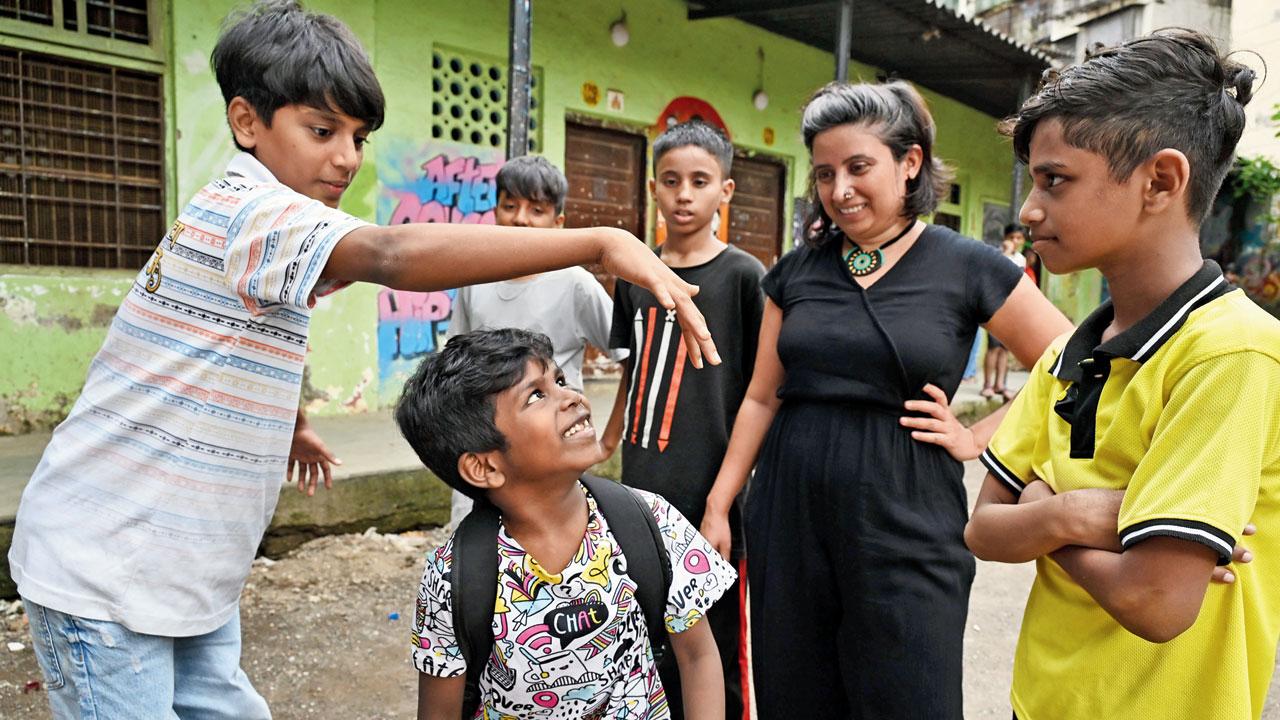
Singh oversees the rehearsal of a scene that depicts children getting lured into vices in Dharavi
Nikita Hajare, another enthusiastic breakdancer and aerial arts artiste, chimes in with a more balanced view, “To be honest, we are equal parts nervous and excited. The audience at a hip-hop performance is not the same as a theatre production. We know that, and we’re practicing diligently to leave no room for errors,” the ninth-grader admits.
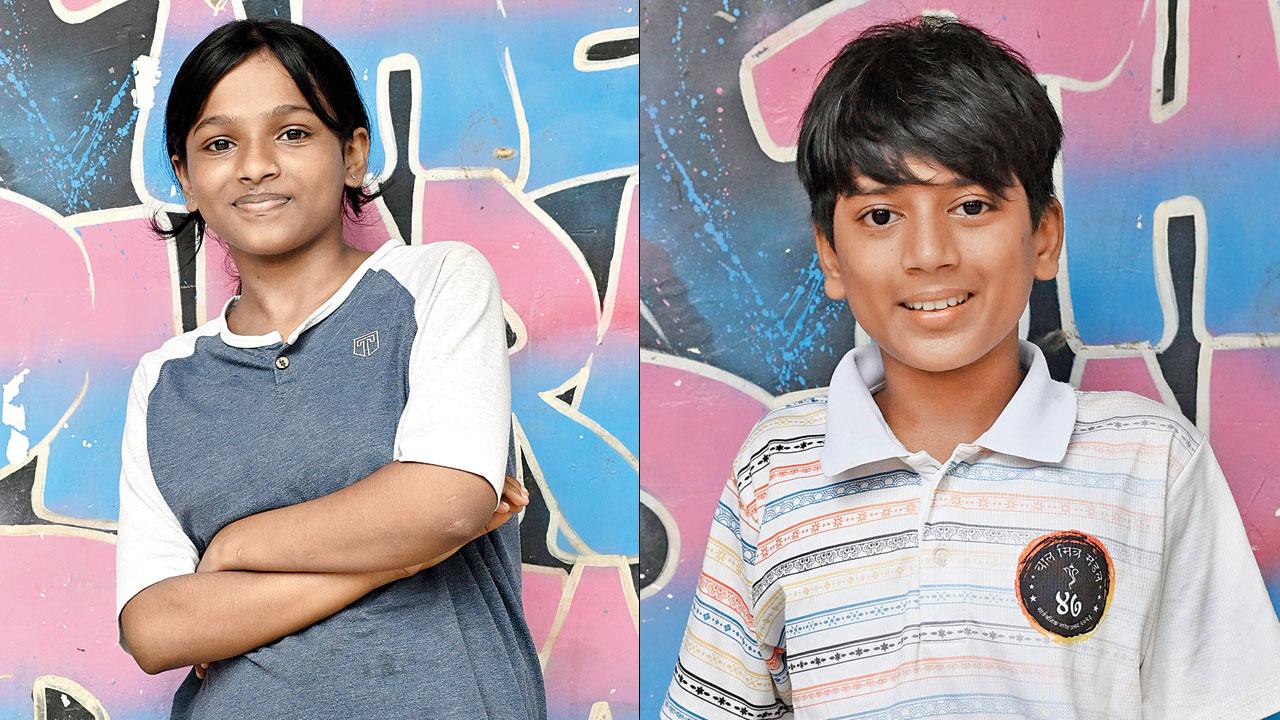
Nikita Hajare and Bhimrao Jogu
Over the course of the play, artistes like Jogu and Hajare will slip into multiple characters to bring Dharavi to life on stage; its good, bad, and ugly facets, all included. “There’s no denying that some of these stories are grim. I recently learned that some of the children practice in a local crematorium because they don’t have safe, open spaces. We’ll be voicing these concerns using euphemism in the play. The scene set in the crematorium, for instance, involves a dance-off with the ghosts,” Singh reveals, adding that these light-hearted representations will help the troupe perform the play in schools, colleges, and NGOs in the future.
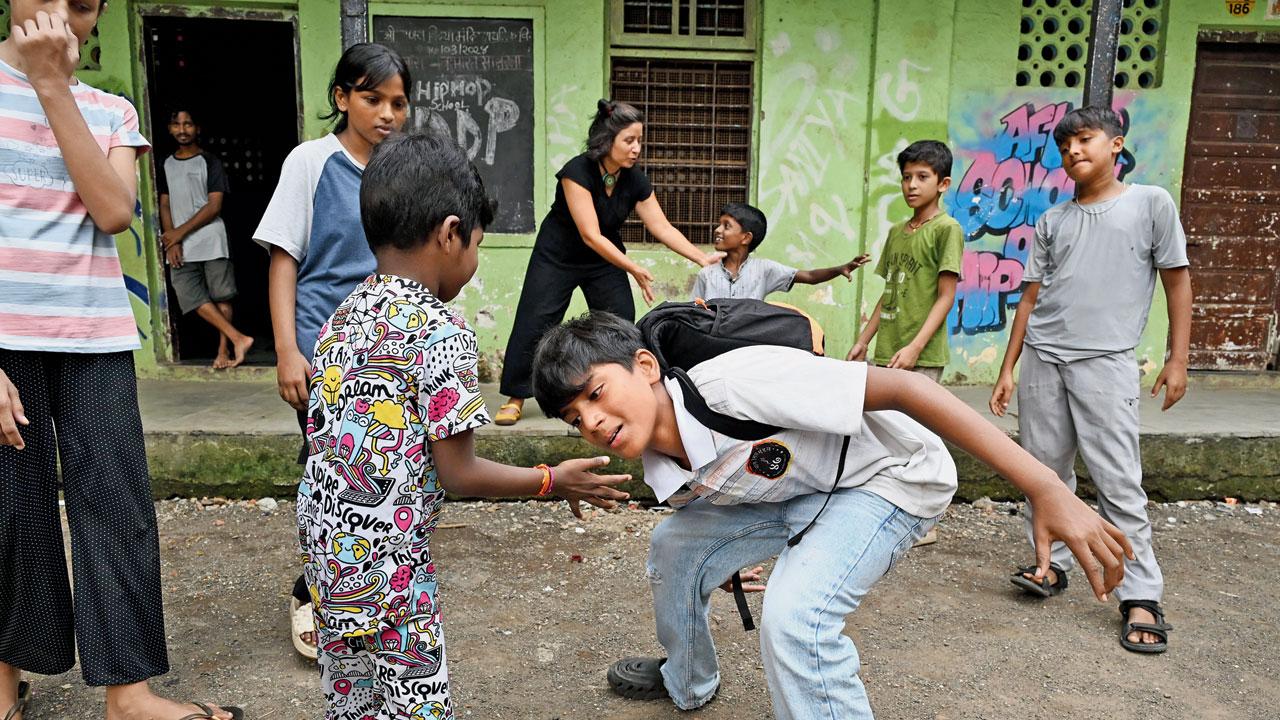
The director and her band of passionate artistes aren’t alone on this theatrical journey. Musicians from Mumbai’s close-knit hip-hop community are playing their part to ensure the musical aspects of the play are sound. While rapper and Warli-rights activist Aklesh Sutar aka MC Mawali is working on an original rap track for the play, Andheri-based Ashiwini Hiremath aka Krantinaari has been conducting rap writing classes, and has offered free usage of her tracks in the play. “What I’ve realised is that these children have most of it figured out without our help. They’ve embraced and learnt hip-hop by listening to it. We’re just filling in the gaps in their knowledge,” Hiremath remarks.
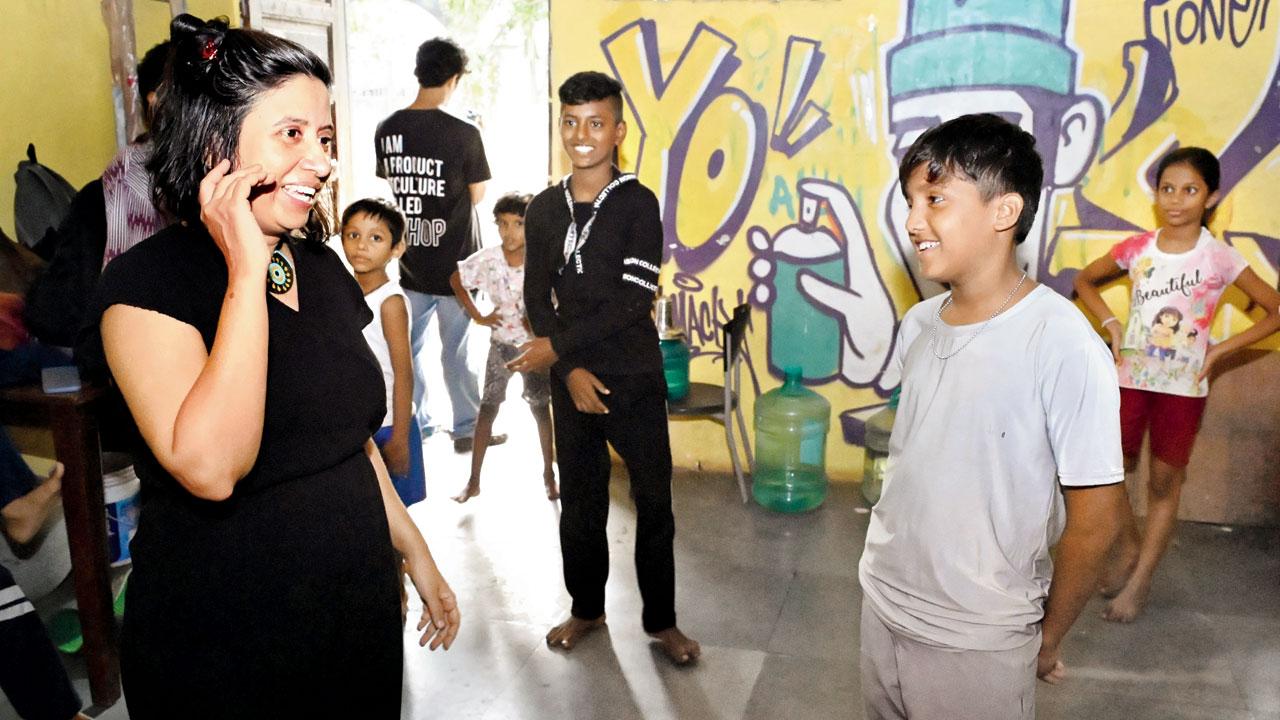
Singh explains a scene to her students
Amid ongoing talks with performance spaces such as Prithvi Theatre, NCPA, and Veda Kunba Theatre for a city-wide tour as soon as the play, which is currently crowdsourcing funds for production, is ready, Singh echoes the rapper’s sentiment, and places her trust in the children.
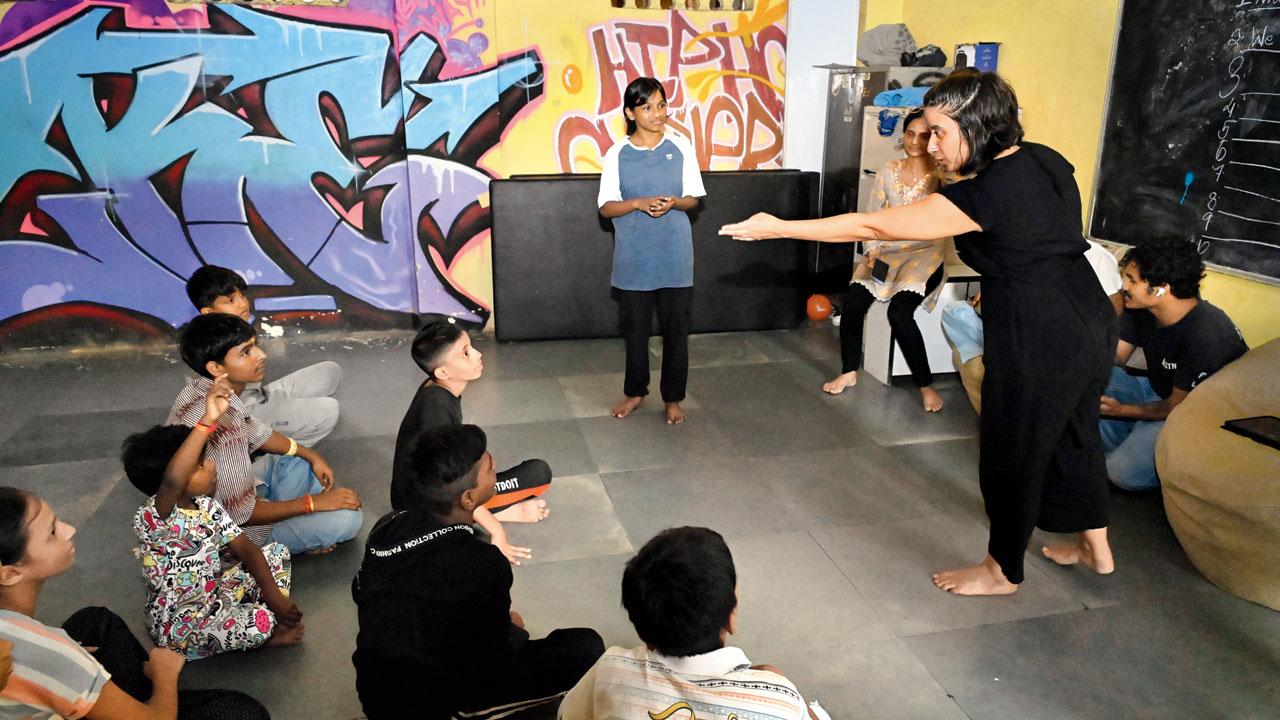
“Most of the stories you will see have been brainstormed, adapted for stage, and improvised by them. Their unity is their biggest strength, and the reason we have been able to move so fast. They seem to understand that you don’t need to pull someone down to make your way up better than most of us do,” she signs off.
LOG ON TO @tddp_in on Instagram (for updates and donations)
 Subscribe today by clicking the link and stay updated with the latest news!" Click here!
Subscribe today by clicking the link and stay updated with the latest news!" Click here!







